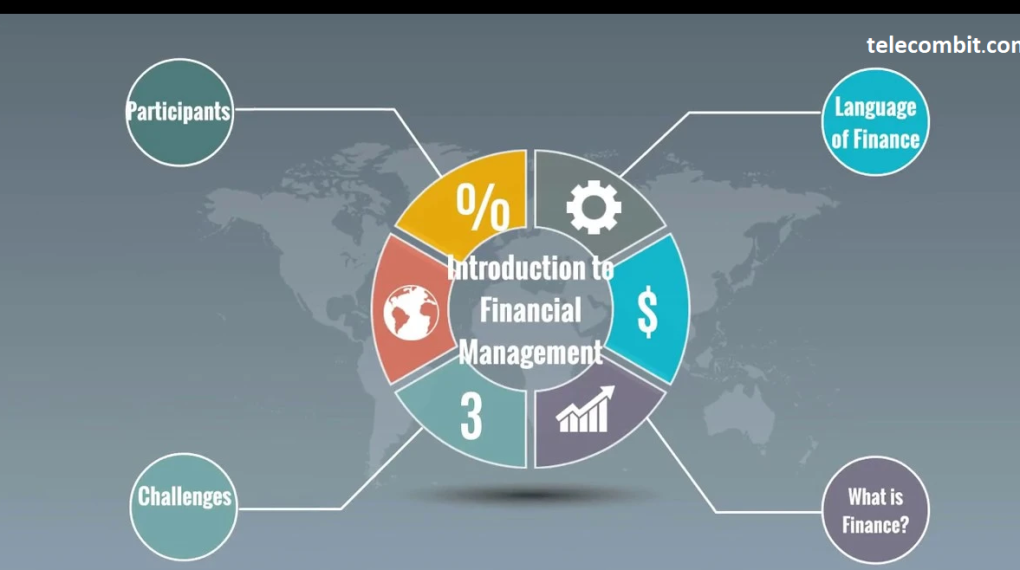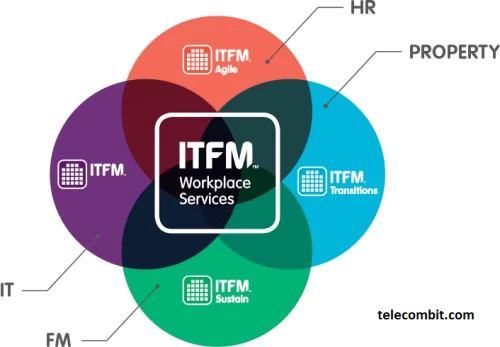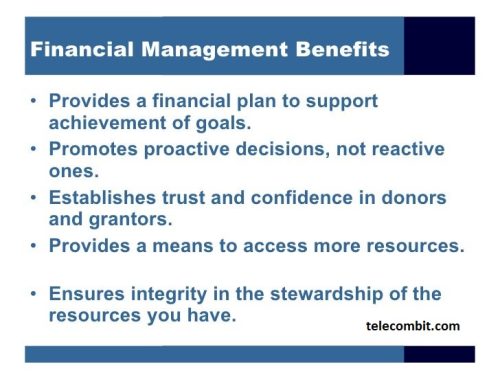What Is IT Financial Management?
IT Financial Management (ITFM) is a strategic discipline that enables organizations to effectively manage and optimize their IT spending. It provides insights into the costs, utilization, and value of IT resources, empowering businesses to make informed decisions and align IT investments with their overall goals. In this article, we will delve into the core aspects of IT Financial Management, its benefits, and best practices for implementation.What Is IT Financial Management?

Understanding IT Financial Management
At its core, IT Financial Management involves the planning, budgeting, allocation, and control of financial resources dedicated to IT services and assets within an organization. It enables businesses to gain visibility into their IT costs, analyze spending patterns, and make data-driven decisions to optimize their IT investments. What Is IT Financial Management.
Also Read: Advantages, Disadvantages, and Cost Considerations

Key Components of ITFM
Cost Transparency: ITFM provides clear visibility into the costs associated with various IT services, projects, and assets. This includes direct costs such as hardware, software, and labor, as well as indirect costs like maintenance, licenses, and training.
Budgeting and Planning: By aligning IT spending with business objectives, organizations can develop comprehensive IT budgets and strategic plans. ITFM helps prioritize investments, allocate resources efficiently, and ensure that IT initiatives support the organization’s overall financial goals.
Chargeback and Showback: ITFM enables the implementation of chargeback or showback mechanisms, where IT costs are allocated and attributed to specific business units or departments. This promotes accountability, cost consciousness, and informed decision-making at various levels within the organization.

Benefits of IT Financial Management
Implementing ITFM practices offers several benefits to organizations, including:
Improved Cost Optimization: ITFM helps identify cost-saving opportunities, optimize resource utilization, and eliminate unnecessary spending, leading to significant cost reductions.
Enhanced Decision-Making: With accurate financial insights, organizations can make informed decisions regarding IT investments, vendor negotiations, and resource allocation, ultimately maximizing value and minimizing risks.
Increased Business Alignment: ITFM aligns IT services and investments with business goals, ensuring that IT initiatives contribute directly to organizational objectives and strategic priorities.
Enhanced Governance and Compliance: ITFM provides the framework for financial governance, enabling organizations to establish control mechanisms, adhere to compliance requirements, and maintain financial discipline.

Best Practices for Implementing IT Financial Management
Establish Clear Goals: Define the objectives and expected outcomes of implementing ITFM within your organization. Align these goals with the overall business strategy to ensure a cohesive approach.
Collaborate with Finance and IT: ITFM requires collaboration between IT and finance teams. Foster a partnership to develop a shared understanding of financial goals, terminology, and reporting requirements.
Implement Robust Tools and Systems: Leverage ITFM software solutions to automate financial processes, track costs, generate reports, and facilitate accurate budgeting and planning.
Build a Cost Catalog: Develop a comprehensive catalog of IT services, including their associated costs and pricing models. This provides transparency and facilitates accurate cost allocation.
Monitor and Evaluate: Continuously monitor and evaluate the financial performance of IT investments. Regularly review cost reports, identify variances, and make necessary adjustments to optimize spending.

Conclusion
IT Financial Management is a vital discipline that enables organizations to optimize their IT spending, improve cost transparency, and align IT investments with business objectives. By implementing best practices and leveraging robust tools, organizations can gain financial insights, make informed decisions, and maximize the value delivered by their IT resources. Embrace ITFM and unlock the potential for enhanced financial governance, cost optimization, and strategic alignment within your organization.





